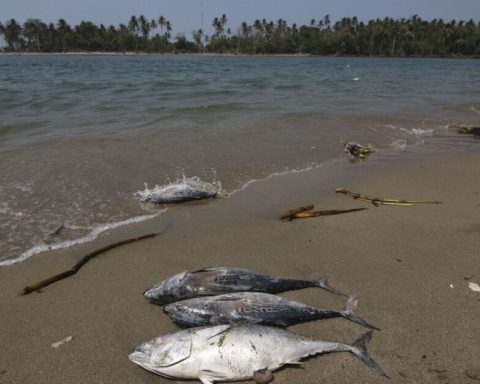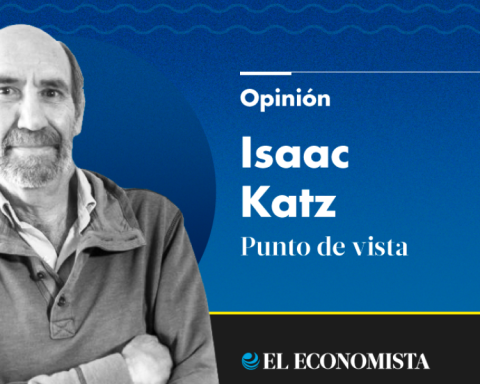In economic terms, the 2022 it was a bit more complex than projected. Despite the reactivation of all sectors, new pressures arose for the Mexican economy: the effects of the war between Russia and Ukrainethe inflationary wavethe scarcity of basic inputs for production and the persistence of violence and insecurity.
Although the exchange rate, the arrival of remittances and economic activity remained relatively stable during 2022, other indicators such as inflation had a negative impact in homes, where poverty increased, as well as in the levels of violence that failed to subside.
Here some graphs about the economic and social situation in Mexico:
exchange rate winner
The exchange rate during 2022 it reached positive levels and would be closing the year at the barrier of 19 pesos per dollar. During November, he even touched levels close to 18 pesos per dollar.
In fact, the Mexican peso has been one of the strongest currencies in emerging markets. The appreciation of the currency can be explained by two fundamental factors: the fluctuations and losses of the dollar and the stability of the monetary policy of the Bank of Mexico.
Inflation
The macroeconomic indicator What worried the monetary authorities the most during 2022 was inflation, which strongly broke the target established by the Bank of Mexico and even reached levels not seen in 20 years. Despite the general increase in prices, tax incentives for energy ––mainly gasoline–– prevented inflation from soaring further.
On the other hand, the food item was the one that rose most strongly, generating a greater impact on the poorest households in the country. At the end of the first fortnight of December the year-on-year inflation rate was 7.7%a lower level than previous months but still well above the target (3% +/- one percentage point).
The inflation It has caused an increase in all levels of food insecurity, a general loss of purchasing power and a drop in private consumption levels.

Working market
The unemployment it fell during 2022 reflecting that the labor market has reintegrated practically all the positions that were suppressed by the pandemic, and new ones have even been created. Despite this, working conditions are still the problem.
In Mexico, just over half of the workers are working in the informality. This implies that, in some way, they face various situations of labor vulnerability, from not having a contract, not having access to social security, not having access to health institutions and even not having vacations or bonuses.

Poverty
The increase in the cost of living and low wages have combined during 2022 to prevent families from paying for the basic food basket. In the country, 4 out of 10 people cannot pay for their food with their work income, according to estimates from the Coneval (National Council for the Evaluation of Social Development Policy).
At the November cutoff, the basic food basket in Mexico registered an increase of 12% compared to the same month last year. This increase is higher than the general inflation rate, showing how food is what is increasing its price more sharply.
The effect is even greater for the poorest people in the countrybecause they allocate more than half of their income to food alone, while the richest do not allocate more than 10% of their income to this item.

remittances
One of the great reliefs for Mexican families were the shipments from their countrymen who are abroad. The remittancesSince the pandemic, they have moderated the economic crisis and its effects on people’s pockets.
During 2022 the trend did not stop, total remittances continued to set new records and remain above 5,000 million dollars each month. Between January and October –the most recent data available– 48,377.5 million dollars entered the country under this concept.
The average amount is $385 per transaction, equivalent to just over 7,500 Mexican pesos, depending on the exchange rate. Jalisco, Michoacán and Guanajuato are the states that receive the largest amount of remittances.

violent deaths
Although it is not a strictly economic indicator, the level of homicides and femicides have a significant impact on the economic and social situation of the country. During 2022, a trend more similar to stagnation was observed than a reduction in violent deaths.
Compared to 2021, there were months in which falls were registered in the total number of intentional homicides and feminicides in the common jurisdiction, but they are still at worrying levels.
Although other indicators of violence and insecurity, such as robberies or assaults, have managed to subside, public policies have not been able to reduce the figures for high-impact crimes.

















